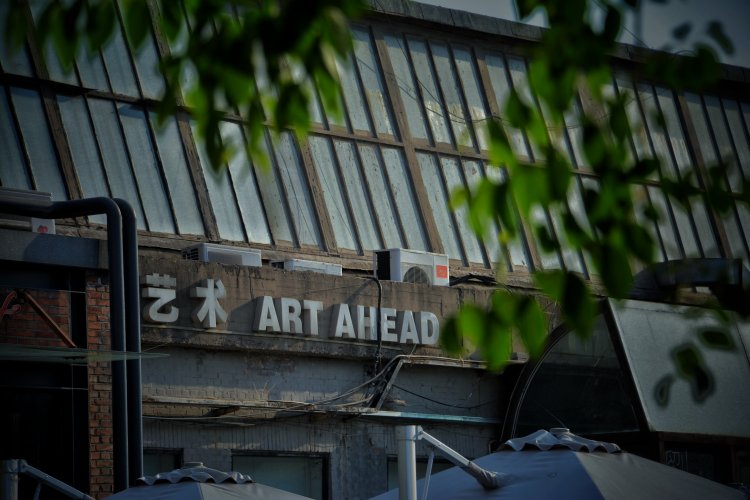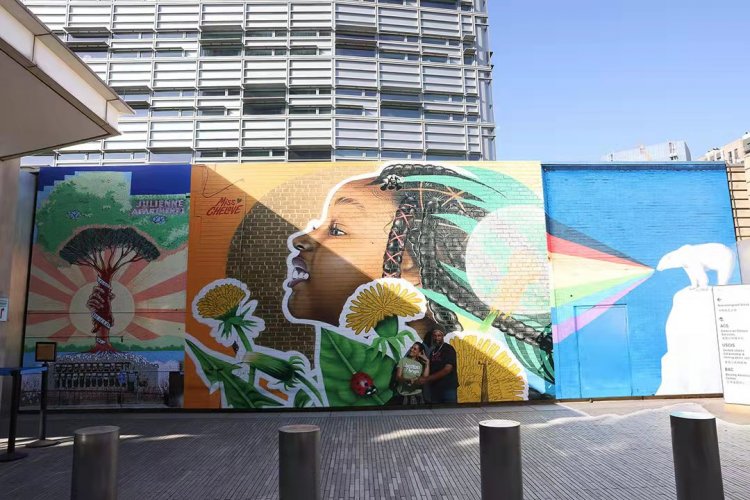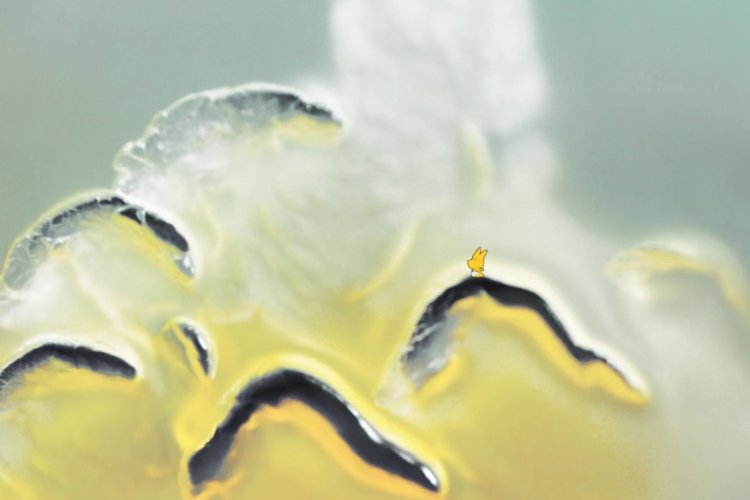State of the Arts: Witness a Master of Woodcutting at CAFA's Li Hua Retrospective
State of the Arts is our regular arts column whereby we take a look at the newest moves in Beijing's creative scene and highlight art news as well as exhibitions, artists, and openings that you should seek out.
Woodcutting is nothing new as an art form in China; it goes back as early as the 9th century when it was originally used to reproduce Buddhist art motifs. However, a new breed of woodcutting artists emerged during the politically-charged 1930s, fueled by a strong nationalistic sentiment that arose from the Second Sino-Japanese War. Within such a context, Li Hua's body of work sticks out as one of the strongest within what is considered the modern woodcutting art movement, alongside his predecessor and mentor Lu Xun.

Li is regarded as a woodcutting master, which makes him a fine subject to mark the Central Academy of Central Art's “Hundred Years of Glory,” a series of exhibitions and events to commemorate the longstanding institution’s 100th anniversary. The collection, named "Prometheus in Printmaking," also marks what would be Li's 110th birthday and aims to further highlight the artist’s work beyond his most popular and well-known period and reviews the artist’s trajectory through works, historical documentation, and personal documents.
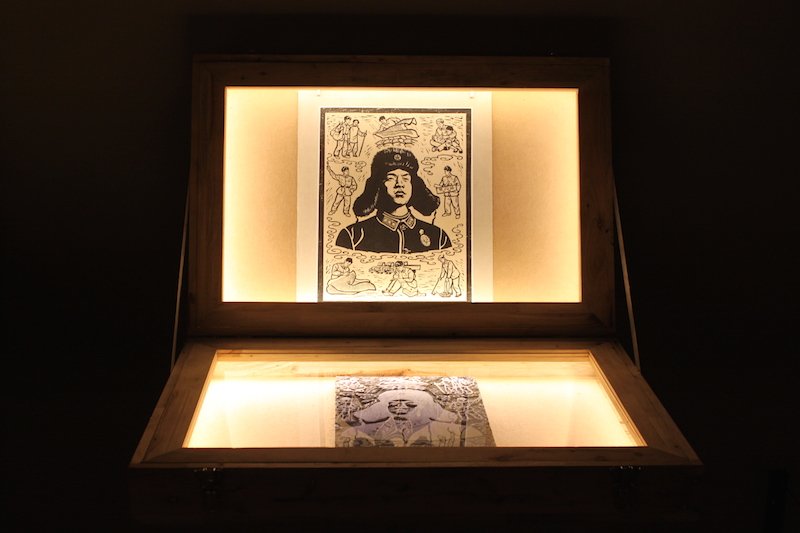
The artist's legacy is divided into his achievements as a consecrated woodcut artist, as well as an academic and an educator devoted to sharing his knowledge and documenting techniques. Coming as no surprise from an institution that can afford such displays, viewers can expect a sizeable array of works arranged in a way that we must admit can be rather overwhelming (especially his academic work) even for disciplined observers. Saying that, the visual appeal of the exhibition is undeniable.
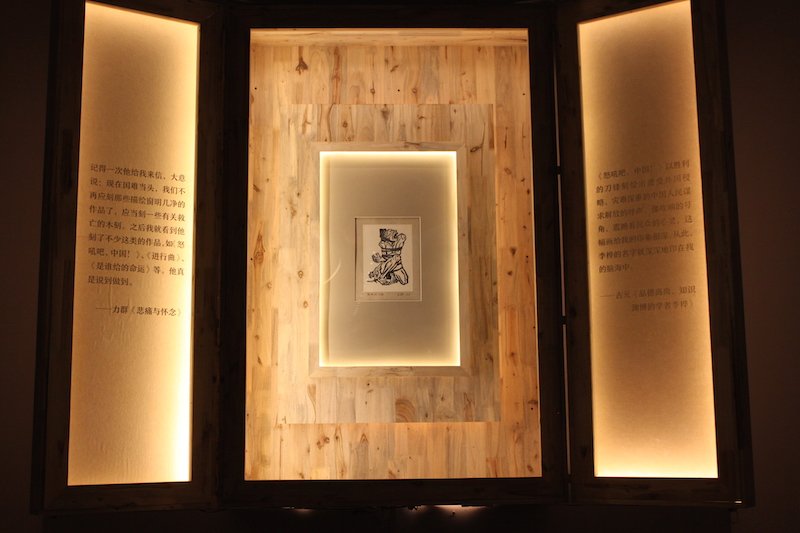
Works on display include perhaps Li's his most famous works “China, Roar!” (1935), a woodcut that for many embodies the spirit of the epoch. In it, Li renders a gigantic human form tied to a post blindfolded, contorted, and struggling to release himself in absolute resistance to his oppressors. The work utilizes bold and crude lines that extend an emotional rawness and effectively draws empathy from the observer. As well as capturing the social zeitgeist – China's struggle against the unremitting Japanese aggression circa the time of the Manchurian Incident – the aesthetic references that are discernable in the work itself demonstrate how the artist's skills drew inspiration from international methods and pushed the boundaries of the more traditional woodcutting techniques that were administered back in the day.
The exhibition not only calls attention to original pieces by Li but also systematically reviews the scholastic context in which his artistic production developed. That includes the academic achievements attained while structuring and consolidating the department of printmaking at CAFA, which he coordinated for close to 33 years.
Li's work stands as an example of the turn of woodcutting in the early '30s in China, not only in technique but also in themes: caustic nationalistic criticism and the Sino-Japanese War as well as the years after the Communist Party’s triumph over the Nationalist government in 1949, when a more optimistic perspective took hold in his work.

While there, make sure to also peruse the work of another Chinese master and woodcutting legend in the Mainland, Wang Qi, who would be celebrating his 100th birthday this year.
Li Hua’s retrospective is on view at CAFA until Feb 25, 2018 and costs RMB 15.
Photos: GJ Cabrera



